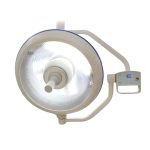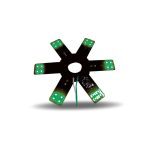Unlocking the Benefits: Understanding How Each LED Light Color Can Improve Your Health and Wellbeing
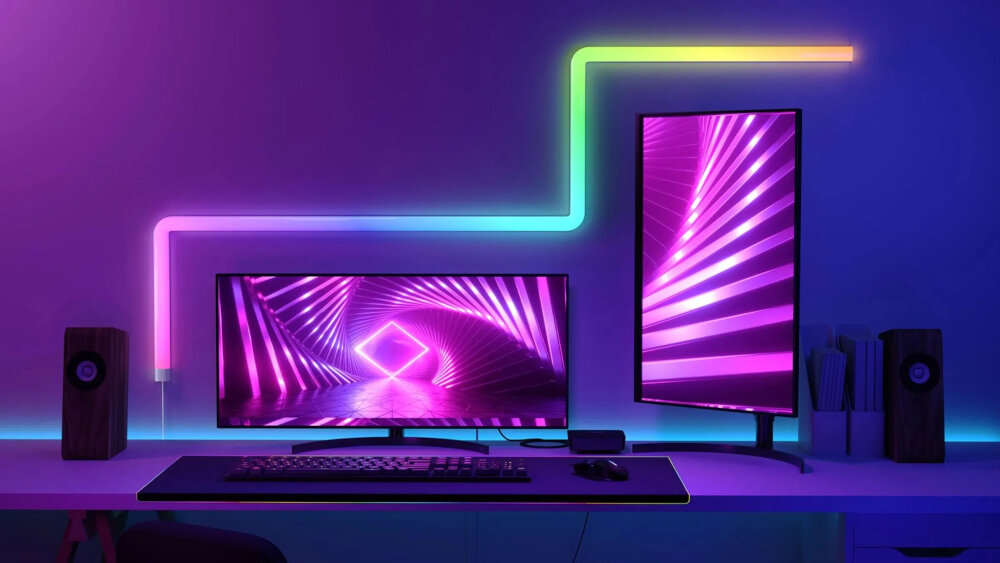
Light is an essential part of our daily lives, and we’re constantly exposed to it, whether it’s natural or artificial. However, not all light is created equal, and different colors of light can have various effects on our health and wellbeing. In recent years, LED lights have become increasingly popular due to their energy efficiency, longevity, and versatility. But did you know that each LED light color can impact different aspects of your health? Understanding how these colors work can help you optimize your environment and improve your overall wellbeing. LED lights come in a range of colors, including red, orange, yellow, green, blue, and violet. Each color has its own unique wavelength and energy level, which can affect our bodies in different ways. For example, blue light has been found to suppress the production of melatonin, a hormone that regulates sleep and wakefulness, which can lead to disrupted sleep patterns. On the other hand, red light has been shown to promote relaxation and reduce inflammation, making it a popular choice for therapeutic applications. By learning about the effects of different LED light colors, you can make informed decisions about the lighting in your home or workplace and potentially improve your health and wellbeing.
LED (Light Emitting Diode) lights are a popular lighting technology that uses semiconductors to convert electricity into light. They are more energy-efficient than traditional incandescent bulbs and have a longer lifespan. LED lights are available in a variety of colors, each with its own unique benefits. For example, blue light can boost alertness and productivity, while red light can promote relaxation and better sleep. Additionally, LED lights do not contain harmful substances like mercury, making them a more environmentally friendly option. Overall, LED lights are a versatile and sustainable lighting choice that can enhance both productivity and relaxation, depending on the chosen color.
Red LED Light
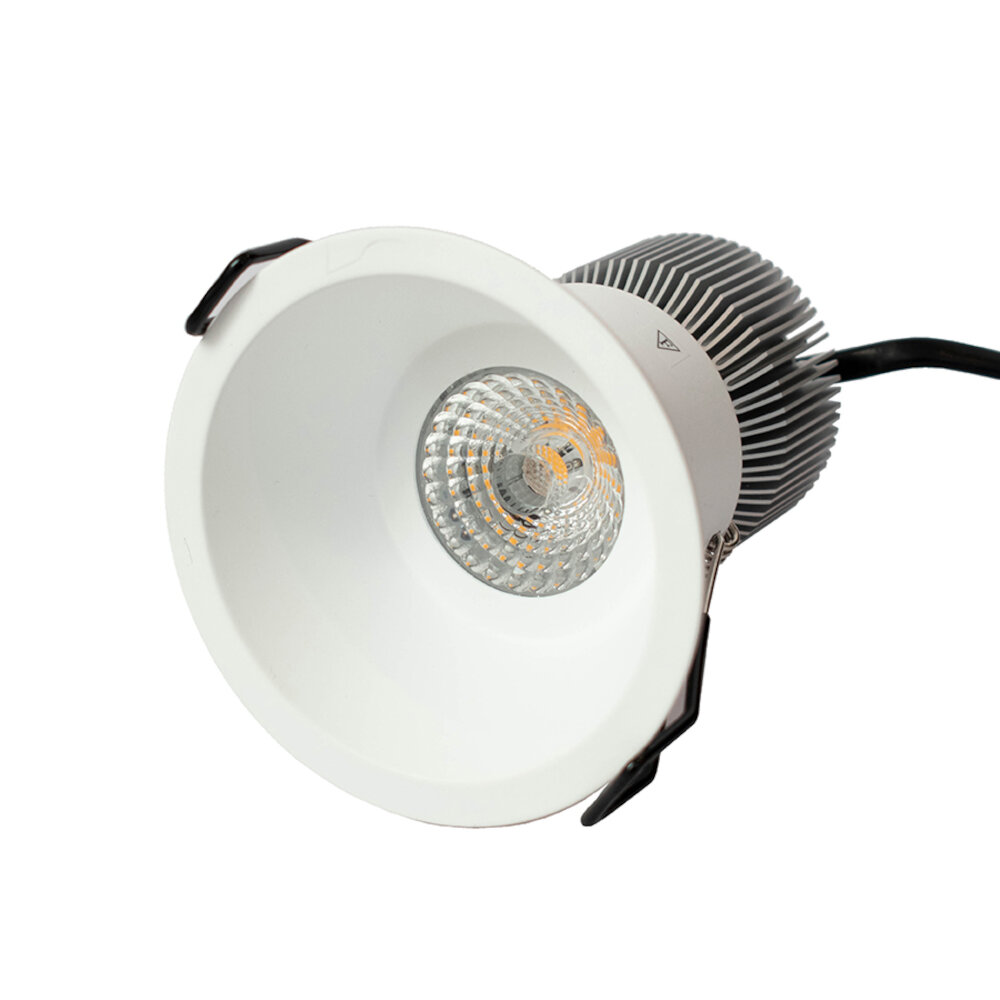
The red LED light is a powerful tool for improving health and well-being. This color of light has been shown to have numerous benefits, including enhancing circulation, reducing inflammation, and promoting cell regeneration. One of the key benefits of red LED light is its ability to stimulate the production of collagen, a protein that is essential for healthy skin, hair, and nails. Regular use of red LED light can help to reduce the appearance of fine lines and wrinkles, improve skin texture and tone, and promote overall skin health. In addition to its cosmetic benefits, red LED light can also help to improve overall health and well-being. This color of light has been shown to have a powerful anti-inflammatory effect, which can help to reduce pain and swelling in the body. It has also been shown to have a positive impact on mood and mental health, helping to reduce symptoms of depression and anxiety. Whether used as part of a professional treatment plan or as a personal at-home therapy, the red LED light is a powerful tool for improving health and well-being.
Explanation of benefits and uses for different LED light colors is essential in understanding how light therapy can improve health and well-being. Red light therapy is known for its ability to improve skin health, support wound healing, and alleviate pain. Blue light therapy can effectively treat acne, boost mood, and regulate the circadian rhythm. Green light therapy has been shown to reduce hyperpigmentation, improve skin tone, and calm the nervous system. Yellow light therapy can aid in reducing inflammation, enhancing lymphatic flow, and improving mood. Finally, purple light therapy is believed to improve skin health, brighten the complexion, and promote relaxation. By understanding the specific benefits and uses of each LED light color, individuals can customize their light therapy treatments to address their unique health concerns and enhance their overall well-being.
Blue LED Light
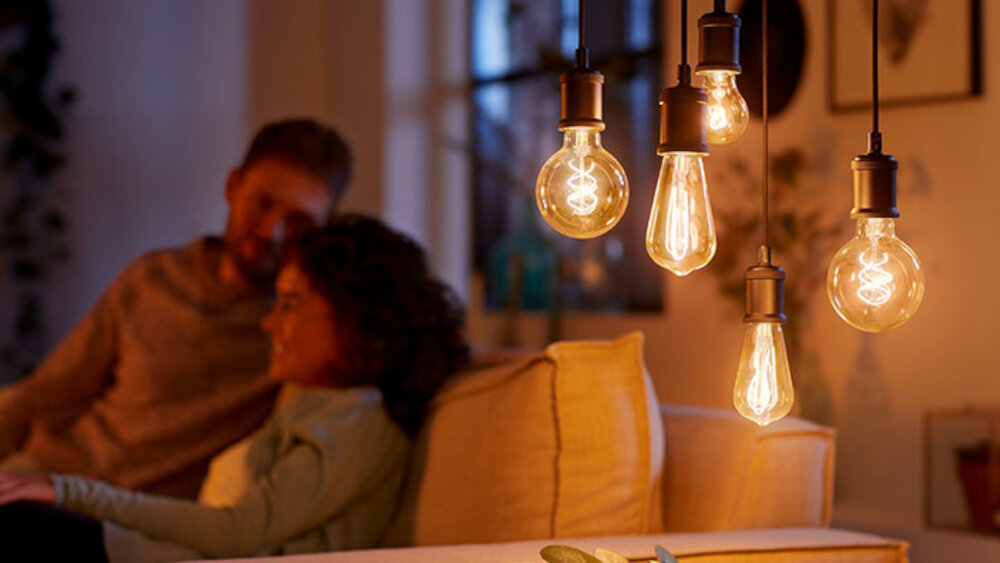
Blue LED light is a type of light that is commonly found in electronic devices such as smartphones, laptops, and televisions. While blue light is known for its ability to enhance visual clarity and reduce eye strain, it has also been shown to have a significant impact on our overall health and well-being. When we are exposed to blue light during the day, it can help to regulate our circadian rhythm, which is our body’s internal clock that controls our sleep-wake cycle. This can help to improve our sleep quality, reduce fatigue and increase our overall energy levels. However, exposure to blue light during the evening or at night can have the opposite effect, disrupting our circadian rhythm and causing sleep disturbances. This is because blue light can suppress the production of melatonin, a hormone that plays a crucial role in regulating our sleep-wake cycle. As a result, it is important to limit our exposure to blue light in the evening and at night, especially before bedtime. This can be achieved by using blue light blocking glasses, reducing screen time, or using devices with built-in blue light filters. By understanding the benefits and potential risks of blue LED light, we can make informed decisions about how we use electronic devices in our daily lives to promote better health and well-being.
Explanation of benefits and uses is essential to understand the effects of different LED light colors on our health and well-being. Each color has its unique wavelength and energy that can impact our body and mind differently. For instance, blue light can boost alertness and mood, but too much exposure can disrupt sleep and cause eye strain. On the other hand, red light can alleviate pain and inflammation, promote healing and skin health, and enhance muscle recovery and performance. Green light is known for its calming and soothing effects that can relieve stress and anxiety, while yellow light can improve cognitive function and mental clarity. By knowing the benefits and uses of each LED light color, we can customize our lighting environment to optimize our health and well-being.
Green LED Light
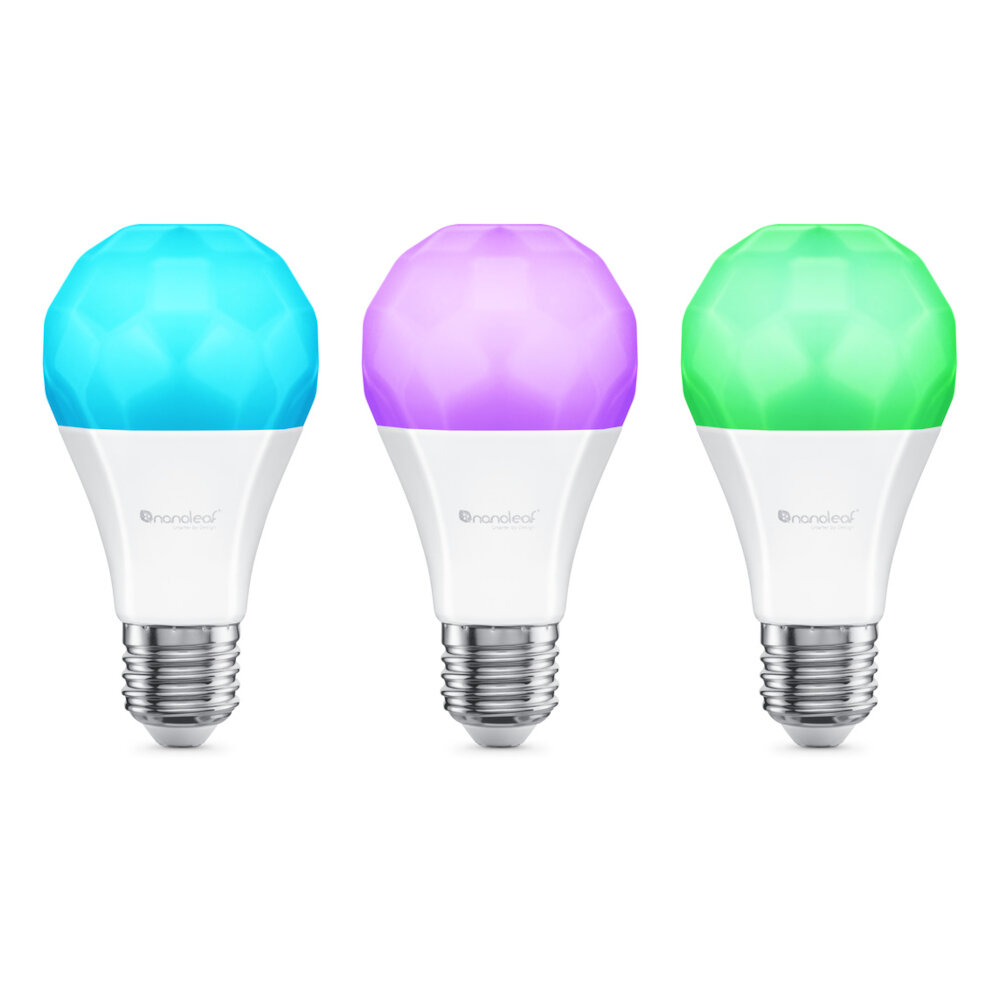
Green LED light is an essential component of healthy lighting. It is one of the most popular colors of LED light, not only because of its aesthetic appeal but also because of its significant health benefits. Green light promotes calmness, balance, and harmony, making it an ideal lighting solution for relaxation areas, meditation spaces, and bedrooms. This color of LED light is also known to improve mood and alleviate anxiety, making it a popular choice for wellness centers, spas, and yoga studios. Green LED light can also boost creativity and productivity, making it a favorite choice for office spaces and workstations. Green LED light has also been found to have therapeutic effects on the body. It is known to improve eyesight and reduce the risk of macular degeneration, making it an ideal lighting solution for aging populations. Green light also promotes faster healing of wounds and skin conditions, making it a popular choice for medical facilities and hospitals. Additionally, green LED light has been found to regulate the circadian rhythm, helping individuals to fall asleep faster and wake up feeling refreshed. Overall, green LED light is a versatile color of light that offers significant health benefits and can be incorporated into various settings to improve the overall well-being of individuals.
The benefits and uses of LED light colors are vast and diverse, with each color having unique properties that can positively impact our health and well-being. Red light, for instance, is known to stimulate collagen production and increase circulation, making it a popular choice for anti-aging treatments. Blue light, on the other hand, has antibacterial properties that make it an effective treatment for acne and other skin conditions. Green light is known for its calming effects and is often used in spa treatments to promote relaxation and reduce stress. Yellow light is believed to stimulate the lymphatic system, aiding in detoxification and improving overall skin health. Understanding the benefits and uses of each LED light color can help us better tailor our self-care routines and achieve optimal health and well-being.
Yellow LED Light
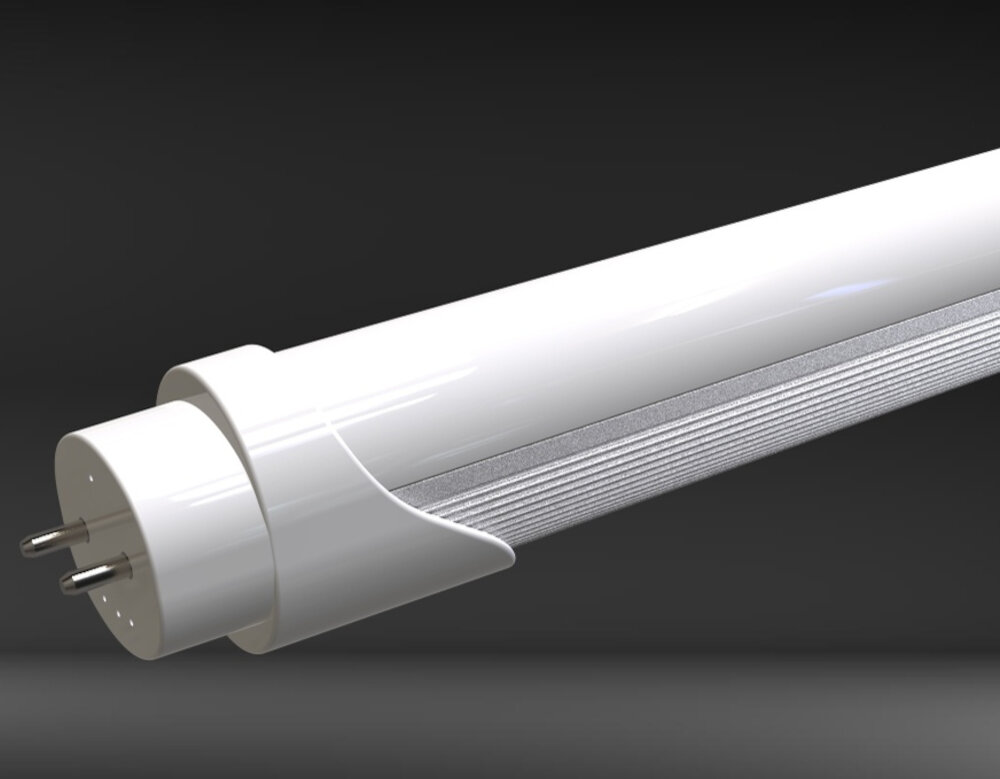
Yellow LED light is a type of LED light that emits yellow wavelengths of light. This color is known to improve mood, increase energy, and promote mental clarity. Yellow light has a wavelength of about 570-590 nanometers, which falls in the middle of the visible light spectrum. This light is known to stimulate the nervous system and increase brain activity, making it an excellent choice for use in offices, classrooms, and other work environments. Studies have shown that exposure to yellow light can improve cognitive performance, enhance alertness, and boost mood. It is also believed to be an effective treatment for seasonal affective disorder (SAD) and other forms of depression. Yellow LED light is also thought to have a positive effect on the skin. This light is known to stimulate collagen production, which can help reduce the appearance of fine lines and wrinkles. It is also believed to be an effective treatment for acne, as it can help reduce inflammation and kill bacteria on the skin. Additionally, yellow light therapy has been used to treat various skin conditions, such as psoriasis and eczema. Overall, yellow LED light is a versatile and beneficial light source that can improve both physical and mental health.
The benefits and uses of LED light colors are abundant and diverse. Red light therapy can stimulate collagen production, reduce inflammation, and improve skin health. Blue light can help regulate the body’s circadian rhythm, leading to better sleep quality and overall well-being. Green light has been shown to reduce pain and anxiety, while yellow light can enhance mood and mental clarity. Additionally, purple light can improve focus and cognitive function, and white light can enhance concentration and productivity. Understanding the benefits and uses of each LED light color can help individuals tailor their light therapy or lighting environment to their specific health and well-being needs.
LED lights come in different colors, each with its unique benefits. Blue LED lights help to improve your mood, alertness, and cognitive performance. They are ideal for use in the morning or during the day when you need to stay focused. Green LED lights help to reduce stress, improve concentration, and promote relaxation. They are ideal for use in the evening or at night when you need to unwind. Red LED lights help to promote healing, reduce inflammation, and relieve pain. They are ideal for use in the morning or during the day when you need to stimulate your body’s natural healing processes. Yellow LED lights help to improve mood, reduce anxiety, and promote relaxation. They are ideal for use in the evening or at night when you need to calm your nerves and get some rest. Understanding the benefits of each LED light color can help you choose the right lighting for your home or workplace, and improve your health and well-being.
Incorporating LED lights into daily life can greatly improve one’s health and wellbeing. By understanding how each LED light color can affect the body, individuals can choose the right lighting for their specific needs. Blue light, for example, can improve alertness and cognitive performance, making it beneficial for use in workplaces or study areas. On the other hand, red light can promote relaxation and better sleep, making it a great option for winding down before bed. By utilizing LED lights in this way, individuals can enhance their daily routines and promote a healthier lifestyle overall.
Conclusion
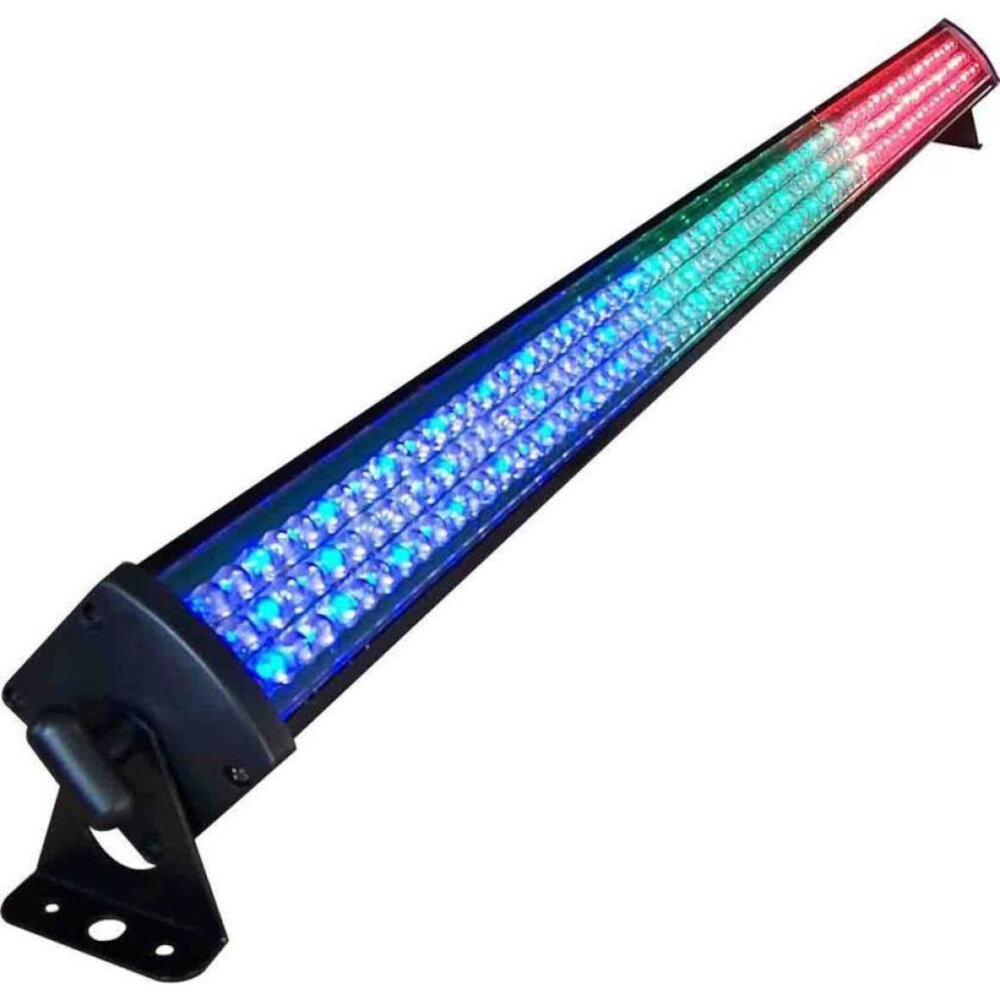
In conclusion, the understanding of how each LED light color can improve our health and wellbeing is a valuable piece of knowledge in today’s world. By utilizing the right color of LED light, we can enhance our mood, improve our sleep cycle, reduce stress and anxiety, and even promote healing. The benefits of LED light therapy are numerous and varied, and its applications are only just starting to be fully realized. Whether it’s for personal use in our homes or in the medical field, LED light therapy has the potential to revolutionize the way we approach our health and wellbeing. So, let’s unlock the benefits of LED light therapy and embrace its potential for a brighter, healthier future.

